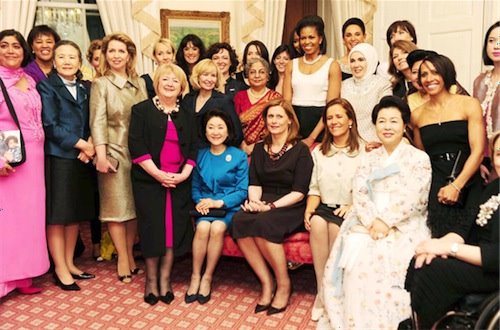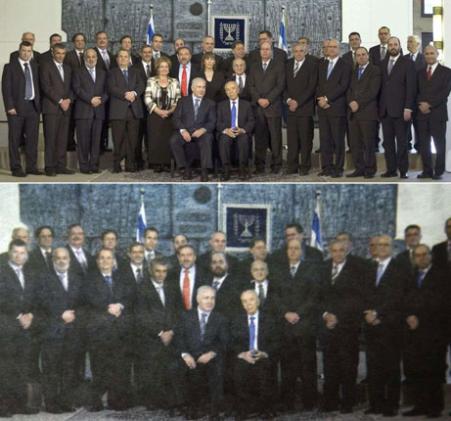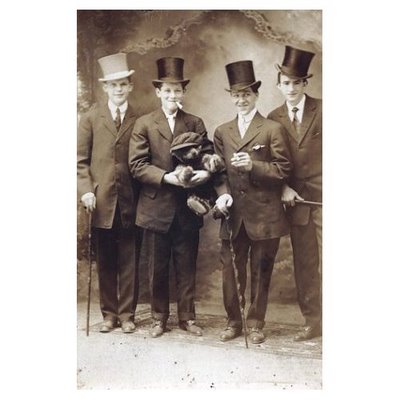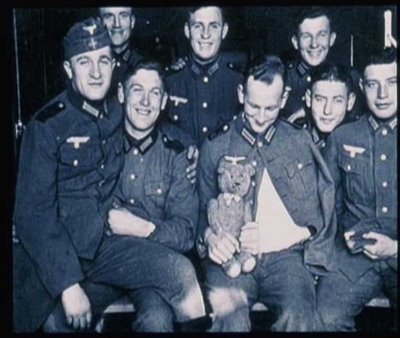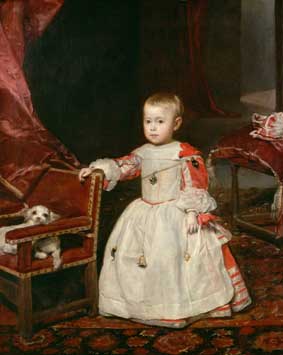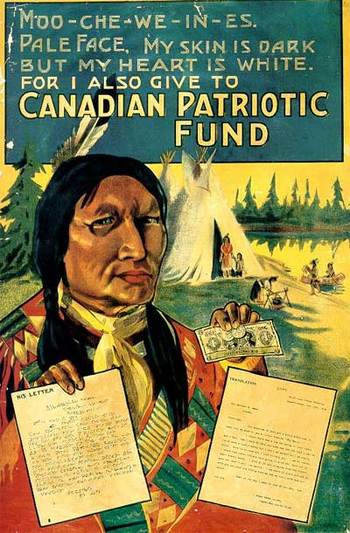Toban B. wrote in with an observation about Facebook avatars. The default avatar is “white” and appears to be male:

In contrast to the individual avatar, Facebook’s illustration of global connection uses orange avatars of both sexes:

“Evidently,” Toban writes, “the orange is supposed to be a sort of compromise skin colour.”
So when Facebook wants to represent global humanity, the avatars are orange and of mixed sex; when Facebook is charged with representing an individual, the avatar is white and male. This is not random or accidental. Globally, as Facebook, ironically, reminds us, people are not “white.” Representing people in this way centers men, Western countries, and whiteness (because there are non-white people in Western countries, too) and marginalizes women, non-Western countries, and non-whites (though one might argue that at least ALL of the avatars aren’t white and male).
UPDATE: I write this update in August of 2010. Since then it appears that Facebook has added a generic female avatar. This one was sent in by Amber F. (it’s her mom, Ginger’s, profile):
See our other posts on how whiteness and maleness are the characteristics we attribute to “person,” unless there are reasons to do otherwise, here, here, and here.


